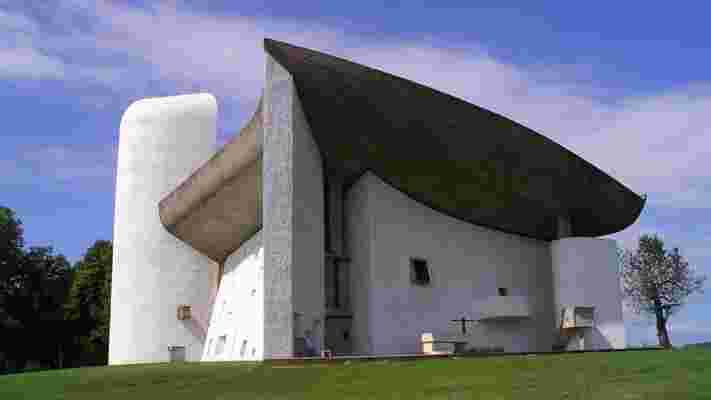A new list of UNESCO World Heritage Sites was just unveiled to the public, and among the additions are 17 projects from the Franco-Swiss architect Le Corbusier . The lineup of works—which span seven countries, including Argentina, Belgium, France, Germany, India, Japan, and Switzerland—provide what UNESCO calls a “testimonial to the invention of a new architectural language that made a break with the past.” An organization assembled by the United Nations, UNESCO appoints such wide-ranging objects as buildings and cities to islands and mountains as World Heritage sites, basing their determination on locations’ superior cultural or natural significance to the heritage of humanity.

Considered by many to be the father of modern architecture, Le Corbusier designed some 60 buildings during his lifetime. Those selected by UNESCO include the famous Complexe du Capitole in Chandigarh (India); the National Museum of Western Art, Tokyo; the House of Dr. Curutchet in La Plata (Argentina); and the Unité d’habitation in Marseille (France), among others. According to a statement released by UNESCO, Le Corbusier’s work successfully “invented new architectural techniques to respond to the needs of society.”